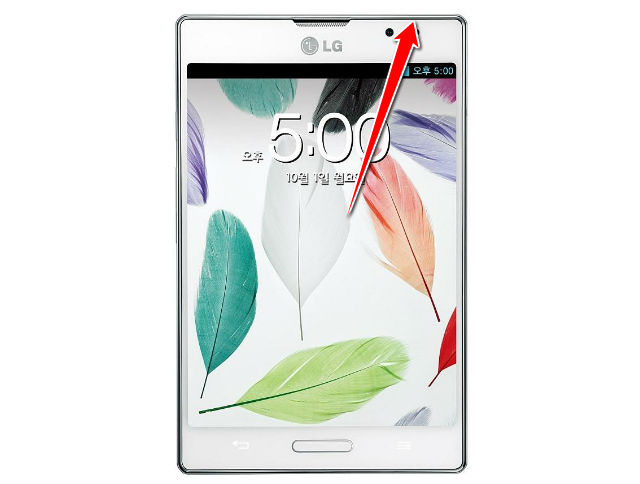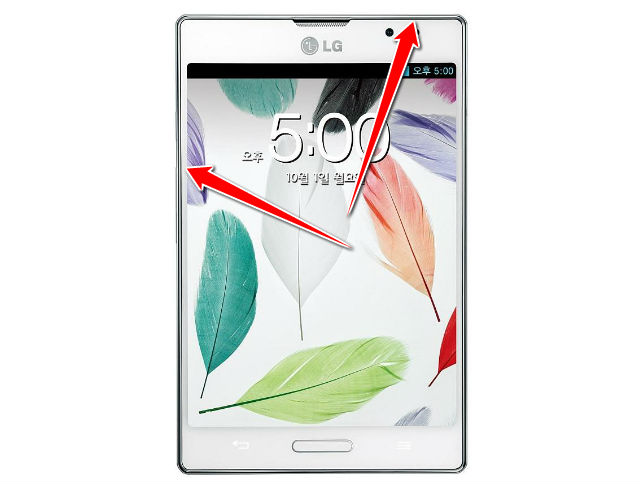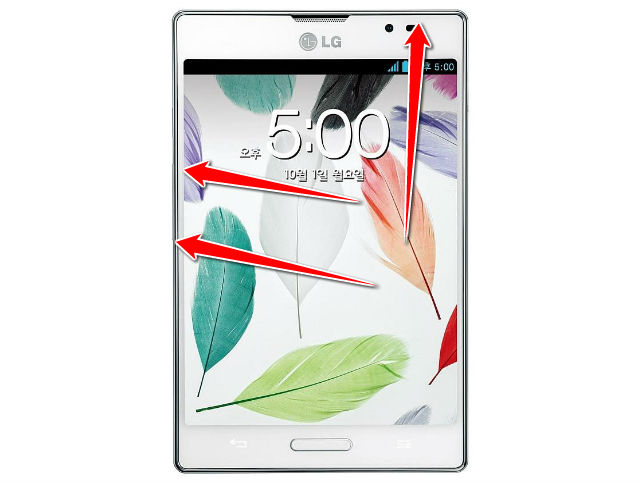How to put your LG Optimus Vu II F200 into Recovery Mode

What does it for? In the past, a phone is more of a device used to make calls or text. However, it's much more than that.
Most Android devices are now defaulted with a fairly simple Recovery mode with features like Reboot System Now, Apply Update from ADB, Apply Update from External Storage, Wipe Data/Factory Reset, Wipe Cache Partition, Apply Update from Cache.
Just like a lot of other things with Android, even the Recovery Mode can be customized to do more things.
1. For a start of this process you will have to turn off your device.
2. Wait few seconds and press and hold combined buttons: volume down + power button.
3. As soon as you will see the LG logo on your screen you can release the buttons.
4. Then after a moment of waiting you should reach Recovery mode screen. Good job!
5. Navigation here is really easy, just use volume buttons for going up or down and select with power button.
Recovery, in Android, refers to the bootable partition, in which the recovery console is installed.
It contains tools to help repair your installations as well as install official OS updates by using a combination of key presses or instructions from a command line sometimes.
Android is open, meaning the recovery source code is available, so that building a customized ROM is relatively easy.




